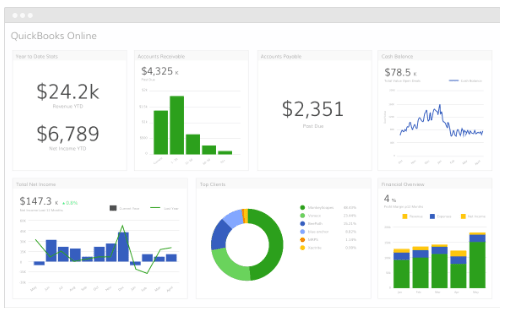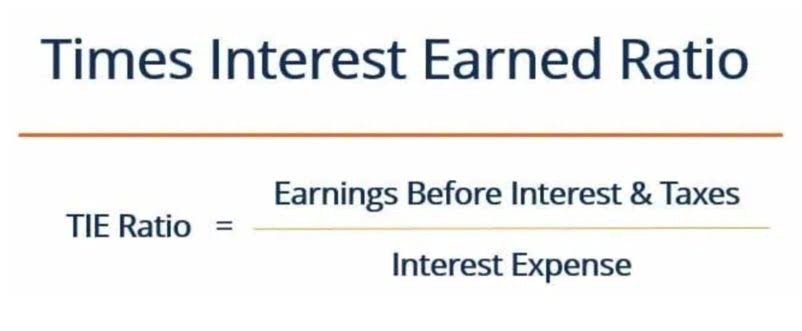
Fund accounting will manage data with an eye to tax season so that the preparation of investor K-1s or 1099s occurs promptly after the first of the year. Tax document preparation capability integrated with the provider’s fund accounting software preserves data security and streamlines production so that no investor is forced to extend tax filing due to the lateness of a tax form. Government fund accounting is similar to fund accounting for nonprofits but differs from traditional accounting because it’s focused on categorizing revenue from multiple sources into funds to ensure full accountability. The goal is not to maximize profits like in basic accounting but use the funds in the most productive ways to provide specific services or support causes. Fund accounting helps governments organize their resources for easy management and tight control, all while staying compliant with laws and regulations.
- This segregation aligns closely with maintaining clear and transparent records, crucial for both donor trust and legal compliance.
- Although a financial advisor can create a generic portfolio model for an individual, an investor’s risk tolerance should significantly reflect the portfolio’s content.
- In addition, nonprofits manage revenue using GAAP, or Generally Accepted Accounting Principles, created by the Financial Accounting Standards Board (FASB).
- Nonprofit leadership will then review these balance sheets to ensure the organization is on the right financial path.
- Most importantly, this aids in identifying sources of revenue shown in GAAP financial statements and reporting.
- Nonprofits that rely on grants often deal with requirements and deadlines they have to meet for each grant.
What are the implications of using a commercial system in a nonprofit?
Government entities rely on the fund accounting process for control and accountability over their resources. By dividing their resources into funds, they can easily supervise how many resources are allocated to each project, control overspending, set limits, ensure limited resources are used within the agreed terms, etc. This accounting system helps them demonstrate a more significant fiscal responsibility to their resource providers. This system relies on double-entry accounting, meaning that each event is recorded on two sides. The money will go into restricted or temporarily restricted funds if the donors have specific requests. If the organization can use it in any way, the resources will end up in the unrestricted bucket.

What Is a Cash Flow Hedge?
By breaking up an entity’s finances into appropriate funds, fund accounting enables organizations to keep revenue it receives in the proper categories and prevent revenue from being spent on inappropriate expenses. Each fund will have its own revenue and expense report, its own excess or deficiency calculation and its own balance sheet. Further more, the chart of accounts for nonprofits breaks down accounts using unique identifiers. These include codes which classify donors, grants, projects, locations and more. Most importantly, this aids in identifying sources of revenue shown in GAAP financial statements and reporting. In addition, applying the basics of fund accounting uncovers areas of strengths and weaknesses.
What Types of Organizations Need Fund Accounting?
When reaching out to potential donors, organizations can ask for unrestricted donations. To clarify, they must state this on the donation form or the gift acknowledgment. Because fund accounting is completely different from traditional accounting, your organization should invest in accounting software solutions that are fund-specific. This will allow you to easily manage the different funds, in addition to reporting and tracking tools to help your department heads plan for the future.

How should a nonprofit organization handle donor-restricted funds?
Consequently, financial reports demonstrate how the spending of revenue aligns with government regulations and donor designations. Fund accounting will produce ongoing reporting that monitors the vital statistics of the fund, supports investor information needs, aids the production of tax documents and simplifies audits and regulatory filings. In contrast to traditional accounting, which prioritizes profitability, fund accounting meaning fund accounting emphasizes accountability as its core objective. This aspect becomes particularly relevant in nonprofit organizations and government agencies. Here, the primary focus is on showcasing that resources are utilized effectively and in alignment with their designated purposes. The answer to this really depends on how many and how many different types of restricted funds an organization is managing.

Track your funds using donation management software
Fund accounting for churches allows them to track the finances in different categories and ensure proper use of their resources. Churches may also deal with fund restrictions and grants requiring even greater accountability. They often use church accounting software to simplify their bookkeeping and eliminate errors. Nonprofits that rely on grants often deal with requirements and deadlines they have to meet for each grant. Fund accounting for nonprofit organizations ensures funds are used according to those requirements and within the agreed deadlines. A non-profit may use a number of funds, each of which is set up with a separate set of accounts and a balance sheet, so that users can determine the extent to which cash has been used for its intended purpose.

Investor Relations

Most investment professionals agree that, though it does not guarantee against loss, diversification is a key component for reaching long-range financial goals while minimizing risk. Managed costs and improved performance – co-sourcing mitigates the need to add additional client assets onto your own technology instance. Investor A might commit $200,000 to Fund I while Investor B commits $300,000. Accounting for these https://www.bookstime.com/ differences is straightforward; to calculate what each investor owes for an upcoming capital call is as simple as calculating their percentage of the fund. If you haven’t done so, sign up for our free Nonprofit Accounting 5-Day Email Course. They offer the most flexibility and are often utilized for general operating expenses, emergency needs, or any other area as determined by the organization’s leadership.

